Expansion of End-User Industries
The expansion of end-user industries is a crucial driver for the Rubber Foam Material Market. Sectors such as packaging, consumer goods, and electronics are increasingly adopting rubber foam materials for their protective and cushioning properties. The packaging industry, in particular, has seen a significant uptick in the use of rubber foam due to its ability to provide lightweight and effective protection for products during transit. In 2023, the packaging segment represented approximately 25% of the overall market share, highlighting its importance. As these end-user industries continue to grow, the demand for rubber foam materials is expected to rise correspondingly, suggesting a positive outlook for the market in the coming years.
Growth in Construction Activities
The construction industry is a significant driver for the Rubber Foam Material Market, as these materials are increasingly used for insulation and soundproofing in buildings. With urbanization and infrastructure development on the rise, the demand for effective insulation solutions is paramount. In recent years, the construction sector has seen a compound annual growth rate (CAGR) of around 5%, which correlates with the increasing adoption of rubber foam materials. These materials not only provide thermal insulation but also enhance energy efficiency, aligning with modern building standards. As regulations become stricter regarding energy consumption, the rubber foam market is poised to benefit from this trend, potentially leading to increased market penetration in the construction sector.
Innovations in Product Development
Innovations in product development are significantly influencing the Rubber Foam Material Market. Manufacturers are increasingly focusing on creating advanced rubber foam products that offer enhanced performance characteristics, such as improved durability and resistance to environmental factors. Recent advancements have led to the introduction of specialized rubber foams that cater to specific applications, including medical devices and sports equipment. This trend is reflected in the market, where the introduction of new products has contributed to a projected growth rate of 4% annually. As companies invest in research and development, the market is likely to see a diversification of applications, further driving demand for rubber foam materials across various industries.
Rising Demand in Automotive Sector
The automotive sector is experiencing a notable increase in the utilization of rubber foam materials, primarily due to their lightweight and sound-dampening properties. As manufacturers strive to enhance vehicle performance and comfort, the Rubber Foam Material Market is witnessing a surge in demand. In 2023, the automotive segment accounted for approximately 30% of the total market share, indicating a robust trend towards incorporating rubber foam in vehicle interiors and components. This shift is likely driven by consumer preferences for quieter rides and improved thermal insulation. Furthermore, as electric vehicles gain traction, the need for lightweight materials becomes even more pronounced, suggesting that the rubber foam market may continue to expand in this sector.
Increased Awareness of Environmental Impact
There is a growing awareness regarding the environmental impact of materials used in various industries, which is influencing the Rubber Foam Material Market. Consumers and manufacturers alike are becoming more conscious of sustainability, leading to a shift towards eco-friendly rubber foam products. This trend is evident as companies are exploring bio-based and recyclable rubber foam options, which could potentially reduce the carbon footprint associated with traditional materials. The market for sustainable rubber foam is expected to grow, with estimates suggesting a rise of 6% in demand for eco-friendly alternatives by 2026. This shift not only aligns with global sustainability goals but also presents opportunities for innovation within the rubber foam sector.


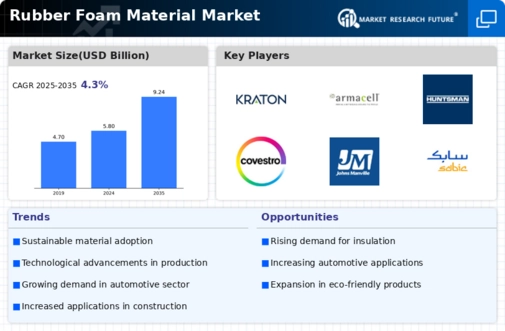
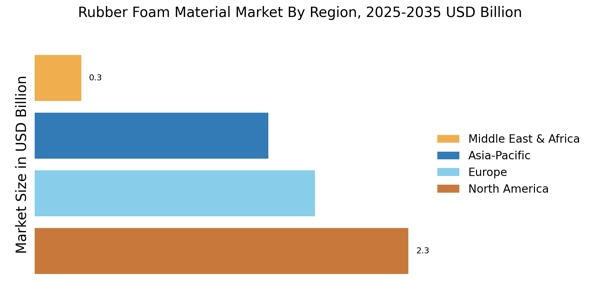
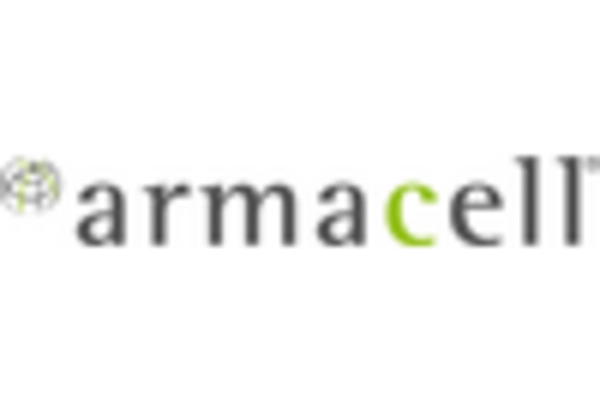

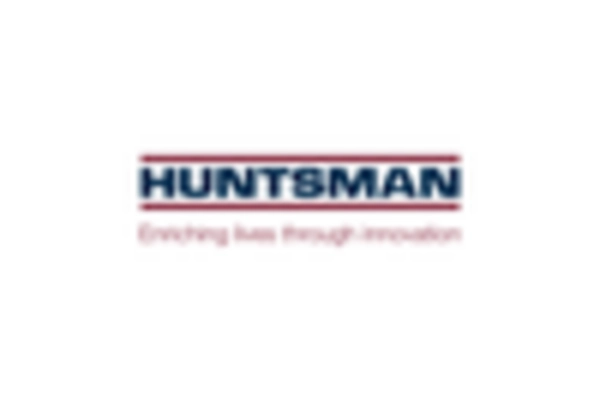
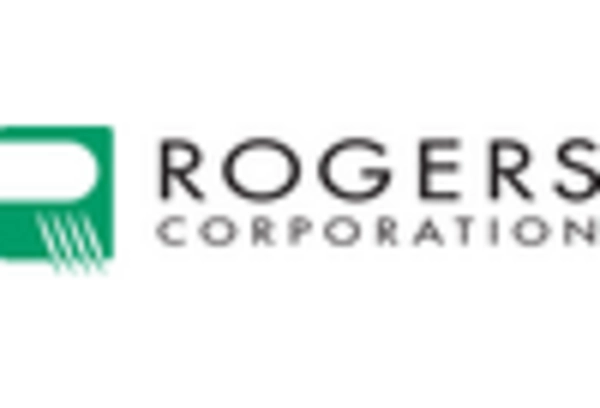
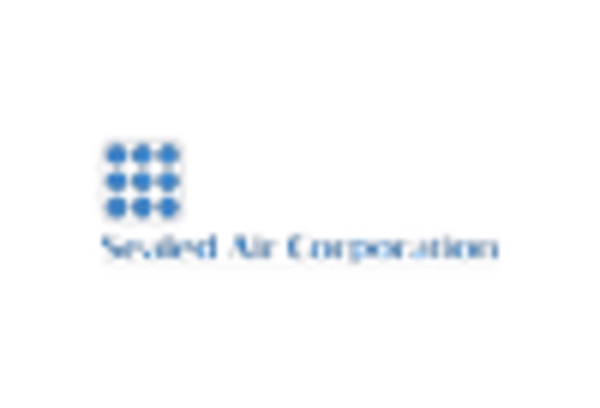









Leave a Comment